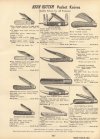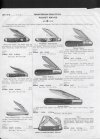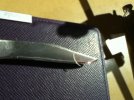Wowbagger
Gold Member
- Joined
- Sep 20, 2015
- Messages
- 7,654
I've been thinking I want to sharpen up this Keen Kutter to a polished edge and EDC it at work for a while. Just for the experience. You know . . . see how it was back in the day.
A few questions if you please :
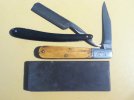
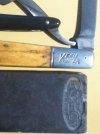
A few questions if you please :
- What do you suppose the hardness is ? 55 ? 58 ? . . . less ?
- How old is this ? It is at the very least sixty years old or so. I think it was my Grand Father's who I only met once (that I can recall) when I was three or four. It has a bunch of over sharpening on it so it wasn't new even back then.
- What is the quality / price level roughly speaking ? (I know it isn't worth anything except to me but I want some perspective).


Last edited:


